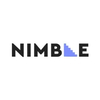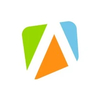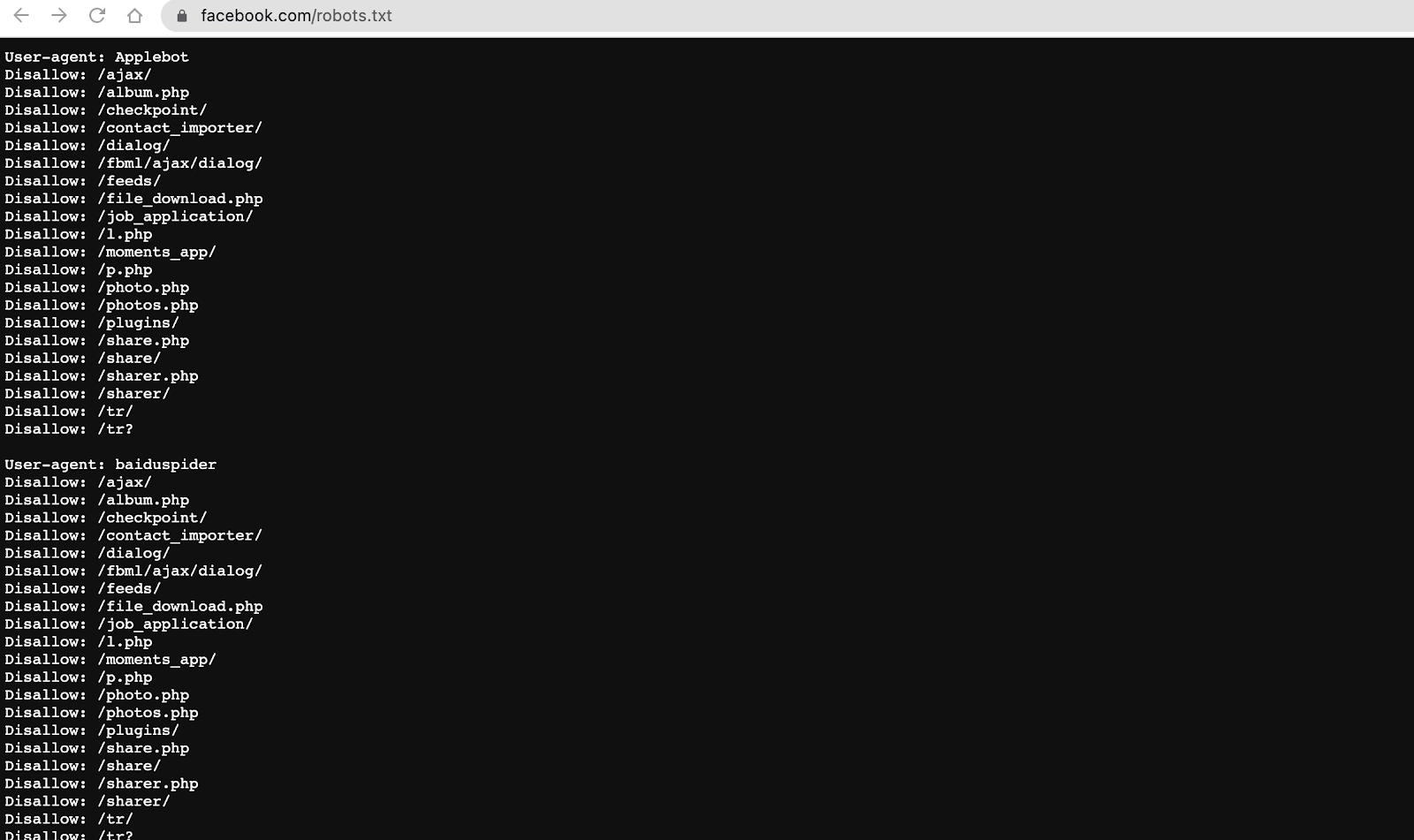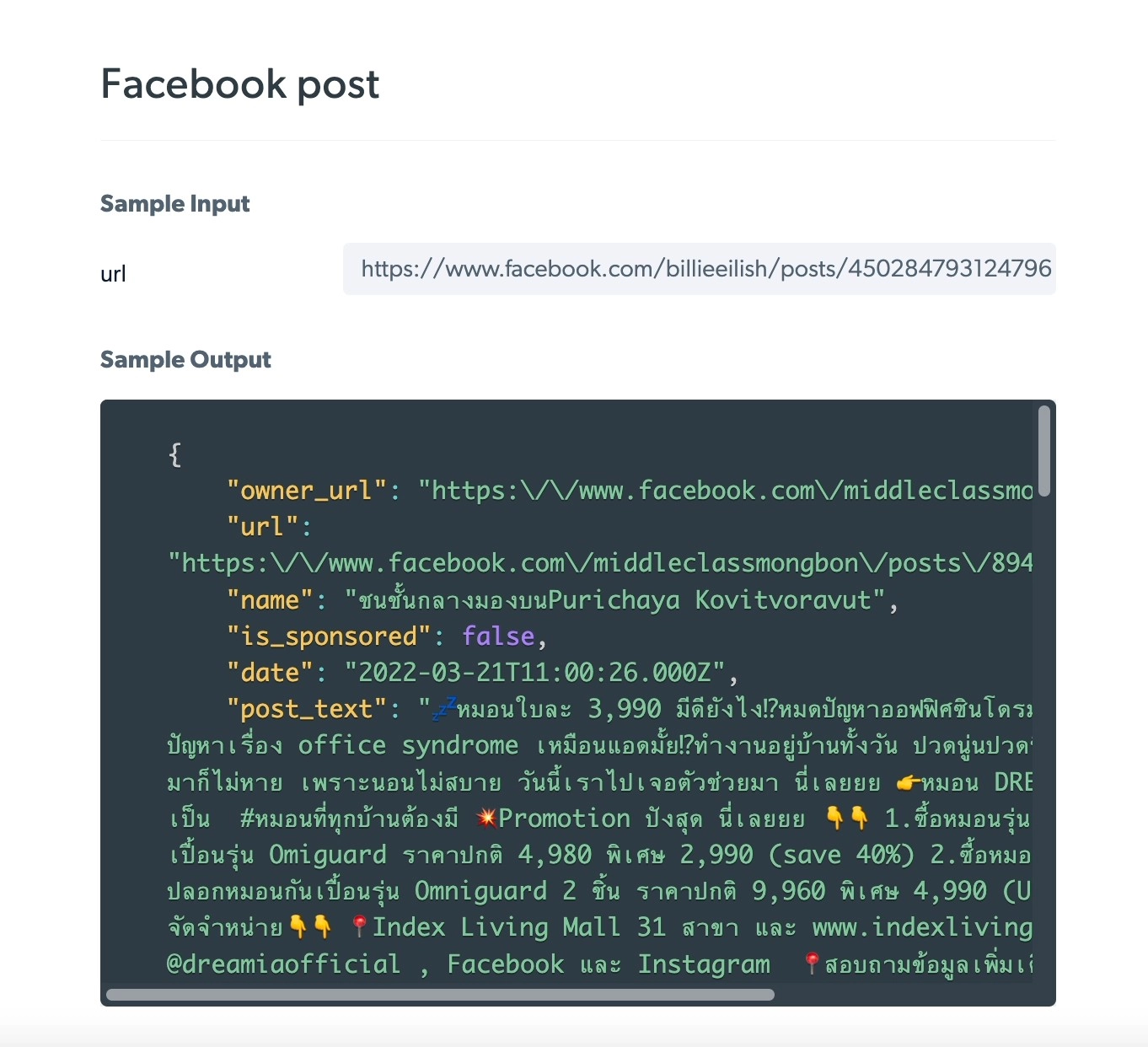As CTO of AIMultiple, I lead social media data collection to monitor trends. We benchmarked all 4 dedicated Facebook scraper APIs on 200 Facebook posts and group pages. Follow the links to learn more from these providers:
| API provider | Focus | |
|---|---|---|
1. | Dedicated large-scale & low-cost API | |
2. | Dedicated API | |
3. |  Nimble Nimble |
General-purpose API with synchronous data requests |
4. |  ScrapingBot ScrapingBot |
Affordable API for small-scale Facebook scraping |


There are 4 ways to collect Facebook data. Follow the links to see the details:
- Web scraping APIs return Facebook pages as JSON responses. They are the easiest approach for developers.
- Facebook API allows Facebook application developers that received consent from Facebook users to access those users’ data.
- Proxies combined with Python libraries enable developers to build their scrapers.
- Facebook datasets can be expensive, but are the only way non-technical users can access Facebook data at scale.
The Best Facebook Scraper APIs
Bright Data
Dedicated
Apify
Dedicated
Nimble
General-purpose
ScrapingBot
General-purpose
| Provider | API | Supported pages | Output | Price/m* | Free trial |
|---|---|---|---|---|---|
| Dedicated | Comment Post Reels | JSON NDJSON JSON Lines CSV | $500 | Limited to 50 records | |
 Apify | Dedicated | Post | JSON CSV Excel | $35+usage | 7 days |
 | General-purpose | No preset page templates exist | JSON HTML | $150 | ✅ |
 | General-purpose | Post Profile | JSON HTML | $43 | ✅ |
* Starting price per month
Table features explained:
Dedicated scraping APIs return JSON responses that include the most relevant data fields in the mentioned types of Facebook pages. General-purpose scraping APIs scrape HTML and then attempt to convert that into JSON using AI and heuristics. Their success rate tends to be lower than that of dedicated APIs.
General-purpose: Not tailored explicitly for Facebook, but can be adjusted for data scraping on the Facebook platform.
NDJSON & JSON lines: NDJSON (Newline Delimited JSON) stores or transmits structured data where a newline character separates each JSON object. JSON Lines (JSONL) facilitates efficient processing of large datasets since each line functions as an independent JSON object.
Facebook scraper benchmark results
We tested all dedicated scraper APIs. For example, Apify’s average stats per page: 369 data fields extracted in 13 seconds. See our methodology for more.
Facebook API
Facebook APIs allow developers to access various data types on Facebook, including user profiles, photos, and posts. 1 Here is an overview of how to use Facebook APIs for data collection:
Register your application: You must first register your application with Facebook to gain access to data through the APIs.
Choose the API endpoint: After the application is registered, you must choose an API endpoint corresponding to the information you intend to extract.
Make connection requests: You can make API requests, typically HTTP requests, to collect data from Facebook.
Track API usage: Facebook limits the number of API requests that can be made per application to prevent misuse and overuse of APIs. You need to monitor your API usage to avoid rate limiting.
Proxy + Python scraping libraries for scraping Facebook pages
Python offers open-source libraries and frameworks for web scraping, such as Scrapy, Beautiful Soup, and Selenium. Here’s an example of how to scrape a website using Python:
- Install the required libraries: Install the necessary libraries in your Python environment based on the requirements of your specific project. You can use pip to install a library.
Import the required libraries: You must import the library using the import statement in your Python code.
Make a request: You must send a request to the target website to retrieve the desired information.
Parse the HTML content: Once you’ve obtained the HTML content, you’ll need to parse it to extract useful information. For instance, Beautiful Soup has a built-in HTML parser and supports third-party parsers like HTML5lib and lxml.
Locate the desired data: Python libraries enable developers to locate the desired data on a web page. For instance, MechanicalSoup supports XPaths and CSS Selectors, which allow users to find document elements. After locating the required data, you can extract it.
Facebook Datasets
If you lack programming skills and do not have a technical team, you can prefer using pre-made datasets rather than web scraping. Pre-made datasets are an ethical and efficient way to gather Facebook data. They can save time and resources by providing access to a large volume of already formatted and cleaned data.
What is Facebook scraping?
Facebook scraping refers to extracting data from Facebook that is accessible to the public. Scraping data from Facebook can be more difficult than on other social media platforms like TikTok and YouTube.
For instance, Facebook requires users to log in before accessing most content. Automated tools intended for scraping must handle the login process first, which can be complicated by challenges such as CAPTCHA.
Is it legal to scrape Facebook?
It is legal to scrape publicly available data in compliance with Facebook’s terms of service. Facebook has strict policies against web scraping, and collecting data from the platform without its permission is considered unethical and illegal.2
What measures does Facebook take to prevent unauthorized scraping?
External data misuse (EDM) team: The External Data Misuse (EDM) team at Facebook is responsible for detecting potential data misuse and preventing unauthorized scrapers from violating Facebook’s policies and user privacy.
Rate limits: Refers to the number of times a user can interact with a website’s services in a given period. Facebook applies rate limits to prevent the overuse and abuse of its APIs. Rate limits are a common web scraping challenge, typically imposed on data collection activities to manage incoming connection requests and ensure the performance of a server.
Request blocking through pattern recognition: Facebook employs algorithms to identify and block requests resembling malicious or abusive patterns. This technique involves analyzing the traffic and requests received by the server by using machine learning algorithms.
For example, suppose a user makes connection requests repeatedly to the same web server without rotating their IP address. In that case, the target server will identify the user’s behavior as suspicious and take action to prevent abuse or unauthorized access.
Facebook scraping: Best practices for ethical and legal data collection
Here are some best practices for collecting data from Facebook ethically and complying with Facebook policies:
Check Facebook’s robots.txt file: Before collecting Facebook data, it is essential to check the robots.txt file of the website you want to scrape. The robots.txt file contains a set of rules that tell web crawlers and other automated agents which parts of the website they can access and which parts they cannot access (Figure 1).
If the robots.txt file indicates that certain Facebook pages should not be crawled or indexed, it is crucial to adhere to these instructions and avoid crawling those pages.
Figure 1: Facebook’s robots.txt file

Source: Facebook3
Use Facebook APIs: Facebook provides Platform APIs that enable developers to access and extract various data types on Facebook.
What Facebook Data Can You Scrape?
Social media web scraping can infringe on user privacy and lead to data abuse. Suppose you want to gather data from a social media network. In that case, you must scrape public data and comply with applicable laws and regulations such as the General Data Protection Regulation (GDPR) or the California Consumer Privacy Act (CCPA). Here are some examples of data that can be scraped from Facebook:
Pages: Facebook pages, including page descriptions, contact information, and followers (Figure 2).
Figure 2: The output of a scraped Facebook organization page

Source: Bright Data
Ads: Facebook ads, including the number of impressions, ad IDs, and targeting criteria.
Events: Including event name, location, and attendees.
Profiles: Username, profile URL, location, likes and other personal details.
Hashtags: Post URL and media URL.
Posts: User’s posts, including text, images, and videos (Figure 3).
Figure 3: Sample output of a scraped Facebook post

Source: Bright Data
Facebook scrapers used in benchmark
See which leading web data infrastructure providers offer APIs with a more than 90% success rate for specific FB pages. See our web scraping API benchmark methodology.
| Provider | Facebook group | Facebook post |
|---|---|---|
| Bright Data | ✅ | ✅ |
| Apify | ✅ | ✅ |
| Smartproxy | ❌ | ❌ |
| NetNut | ❌ | ❌ |
| Oxylabs | ❌ | ❌ |
| Zyte | ❌ | ❌ |
We included 200 URLs from Facebook posts (100 URLs) and group pages (100 URLs). The participants were as follows:
| Page type | Apify | Bright Data | Oxylabs | Smartproxy | Zyte |
|---|---|---|---|---|---|
| Facebook group | apify/facebook-groups-scraper | Facebook – Posts by group URL – collect by URL | ❌ | ❌ | ❌ |
| Facebook post | apify/facebook-posts-scraper | Facebook – Posts by post URL – collect by URL | ❌ | ❌ | ❌ |
Facebook Alternatives: Top Social Media Platforms for Data
1. Instagram
Instagram scraping provides businesses with valuable insights into their target audience, competitors, and industry trends. Many scraping tools are available, including Instagram scrapers and web scraping APIs to extract data from Instagram.
Instagram provides different API endpoints for businesses and developers to access and get data. For example, the Instagram Graph API extracts metadata and metrics about other Instagram businesses and creator accounts. However, Instagram uses rate limits to prevent each app and app user from overusing APIs.
2. TikTok
TikTok is a popular social media platform for businesses seeking to connect with a younger audience and achieve other market goals, such as influencer marketing and advertising. Most of TikTok’s user base comprises Generation Z, which can help businesses build brand awareness and connect with younger millennials.
You can use a no-code TikTok scraper or Python libraries such as TikTokApi and TikTokPY for data collection.
3. X.com
X.com (formerly Twitter) data can be valuable for businesses for brand monitoring, trend analysis, and public opinion analysis. Publicly available Twitter data can be obtained through no-code scrapers, Twitter APIs, and Python scraping libraries.
Twitter provides developers with API access, allowing them to retrieve Twitter data such as tweets and user profiles. The Twitter API is compatible with various programming languages, including Python and Ruby. To use Twitter’s API, you must first register your application on the Twitter Developer website.



Comments
Your email address will not be published. All fields are required.